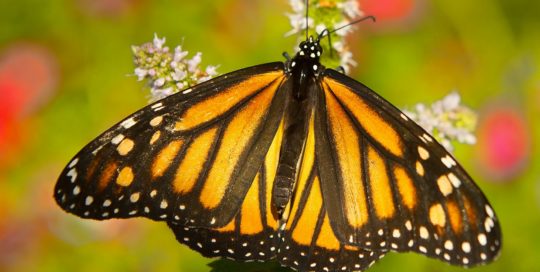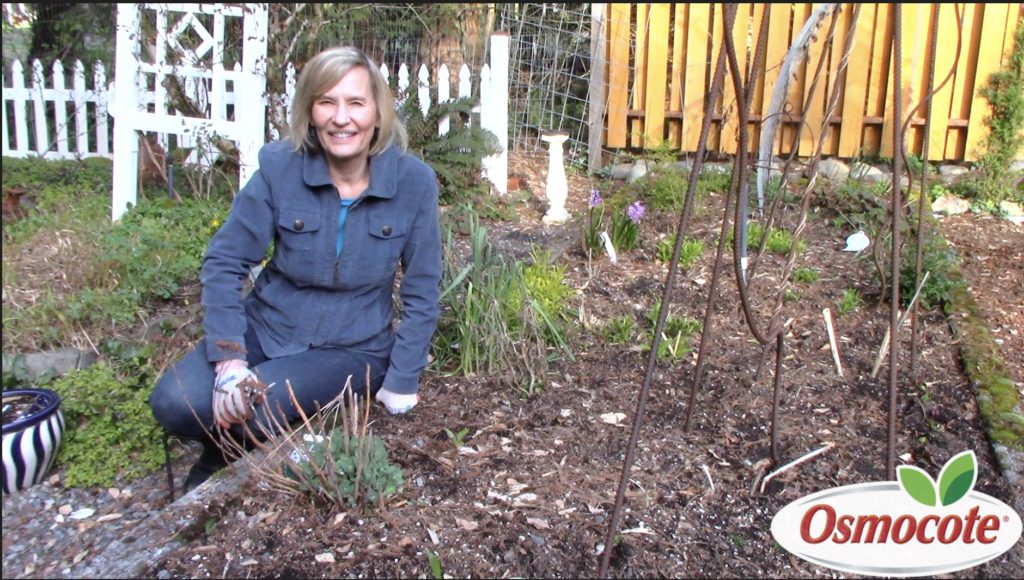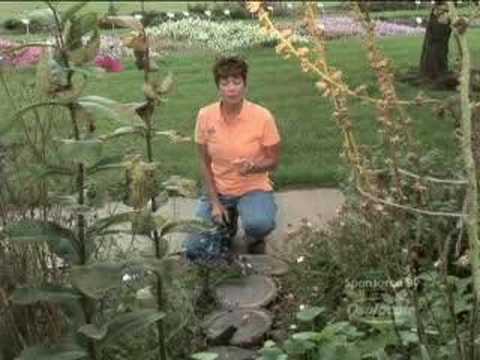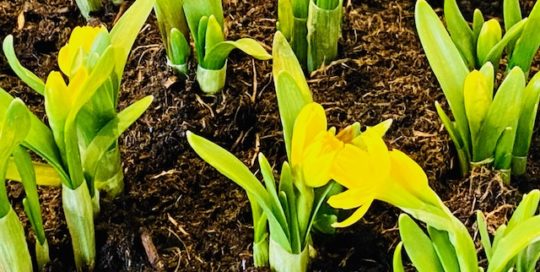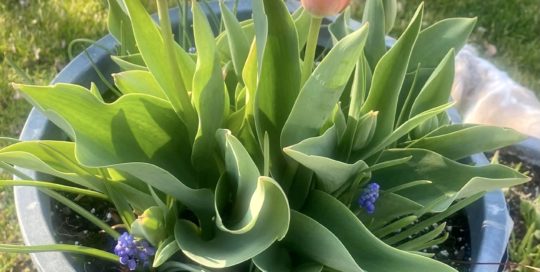Life Cycle
In the first few months of each year, monarchs leave Mexico where they have overwintered and begin migrating north to mate and lay eggs. To fly, they need temperatures of about 55 degrees. After mating, the female looks for milkweed plants to lay eggs, as many as 400 to 500 of them. The female lays one egg at a time on the underside of a milkweed leaf or on or near the flowers. I’ve found eggs and caterpillars on unripe milkweed seed pods.
Researchers have confirmed that female monarchs look for smaller milkweed plants although they will visit the pink flowers of taller common milkweed. They frequently lay multiple eggs on young and re-sprouting milkweeds that were cut down in summer. I’ve observed this in our own garden this year. The females will visit the tall, flowering common milkweeds for nectar but will go to the smaller plants to lay eggs.
The egg is about the size of a grain of salt. Monarchs typically lay eggs on the underside of the leaf, and occasionally on a flower bud or stem as well. The egg has a hard coating and within 3 to 5 days, the caterpillar chews its way out and then consumes the shell.
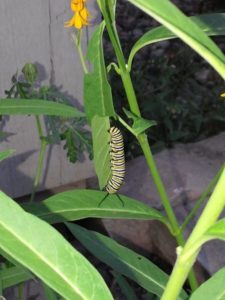
The Caterpillar
Because the caterpillar’s skin (exoskeleton) does not stretch as it grows, it is shed, a process called molting. An instar is the stage of growth between molts; monarchs have five instars. Each time the caterpillar molts, it rests for a day or so before resuming its munching on the milkweed leaves.
The caterpillar (larval) state lasts from 10 to 14 days. When it reaches its fifth and final instar, the caterpillar wanders off the plant looking for a place to pupate (form a chrysalis). I discovered one monarch chrysalis hanging from an evergreen shrub that was 50 feet away from the nearest milkweed plant. I have found chrysalids suspended from the sides of pots and under our patio chairs.

Transformation
During the next 11 to 15 days, the caterpillar’s body inside the chrysalis dissolves and is transformed into the butterfly. The chrysalis will change from green, becoming more transparent and exposing the dark wings within. It takes just a few minutes for the butterfly to emerge and then several hours before it reaches adult size. This time is important because the butterfly will pump its wings, which fill with hemolymph (blood) to enlarge and stiffen them. In a day or so, the butterfly will be ready to seek flowers for its first nectar meal. By the way, never touch a butterfly that is not ready to take flight. Doing so can damage the wings so that they won’t fully develop and flight will be impossible.



